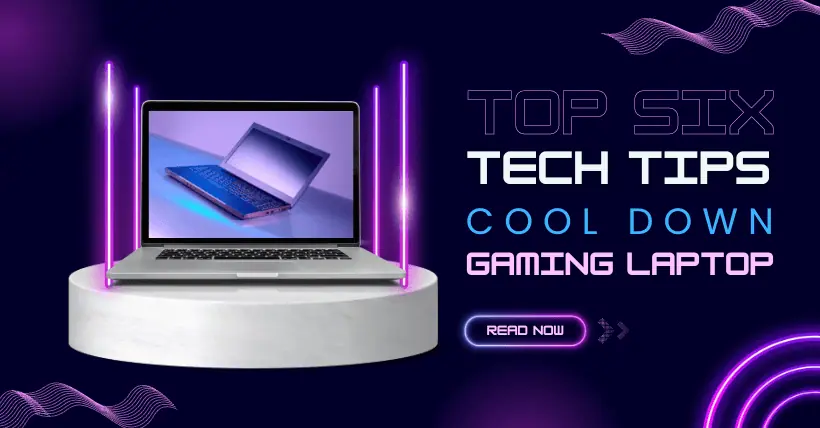Like regular laptops, high-performance gaming laptops have their hottest component as the CPU. For example, the Intel Core i9-13900HX and Core i9-14900HX found in many top-tier laptops typically reach temperatures between 80°C and 100°C when running games. AMD CPUs are sometimes more efficient, but even they must manage high heat.
These CPUs are designed to run at high temperatures to achieve maximum performance, but laptop cases have limited cooling space, so they run much hotter than their desktop counterparts.
Naturally, the GPU temperature will also be high, with powerful GPUs reaching between 70°C and 80°C.
Despite high-end gaming laptops being equipped with powerful cooling systems and even external liquid cooling solutions, you may still find the keyboard getting hot, and the hot air could make your room feel like a sauna.
Here are some methods to lower the temperature of your gaming laptop and keep it running at a more comfortable temperature.
1. Adjust Power and Fan Settings
Most gaming laptops come with predefined cooling profiles, such as Alienware’s Adrenaline or Asus’s Armoury Crate. These profiles typically include power settings and fan speed settings.
- Power Settings: Maximizing power settings will also increase fan speed to keep temperatures under control. However, this may lead to increased fan noise. Lowering power settings can reduce noise, but too much reduction can impact performance. It’s recommended to use a balanced setting to find the right balance between performance and heat.
- Fan Speed Settings: If you don’t mind fan noise, you can set the fan speed higher for better cooling. Conversely, if you want to reduce noise, you can set the fan speed lower but may have to accept higher temperatures.
2. Use DLSS or FSR Technology
DLSS and FSR are two technologies that can help improve gaming performance and reduce power consumption.
- Nvidia’s DLSS 3: This technology uses AI to generate frames, maintaining high frame rates while reducing power consumption and heat. It’s available only on Nvidia’s RTX 40 series graphics cards.
- AMD’s FSR: This technology also helps boost game performance and is more broadly applicable to hardware without needing specific types of GPUs.
3. Lower Game Settings
Lowering game settings can significantly reduce power consumption and heat, such as:
- Lower Graphics Settings: Dropping ultra-high graphics settings to just high settings might not make a noticeable visual difference.
- Turn Off Ray Tracing: Ray tracing and path tracing technologies require substantial computing resources. Turning them off can reduce power consumption and heat.
- Lower Resolution: Reducing game resolution can decrease the number of pixels, thereby reducing power consumption and heat.
4. Use a Laptop Stand or Cooling Pad
Using a laptop stand or cooling pad can help improve airflow and reduce the laptop’s temperature.
- Laptop Stand: Elevating the laptop on a stand can help improve airflow, allowing the cooling system to work more effectively.
- Laptop Cooling Pad: A cooling pad can help remove and dissipate heat from the laptop, lowering its temperature. Choose a cooling pad with low fan noise to maintain a quiet environment.
5. Undervolting (Professional Operation)
If you are familiar with computer hardware, you can try undervolting the CPU/GPU to reduce power consumption and heat. This requires some computer knowledge and should be done carefully.
6. Apply New Thermal Paste (Professional Operation)
Applying new thermal paste can help improve cooling efficiency and lower temperatures. This also requires some computer knowledge and should be done carefully.
If your gaming laptop runs too hot, try the above tips to reduce its temperature. Remember, gaming laptops naturally generate heat, so maintaining a certain temperature is normal. As long as the laptop is running well and you can tolerate it, there’s no need to worry too much.
Related:

Disclaimer: This article is created by the original author. The content of the article represents their personal opinions. Our reposting is only for sharing and discussion purposes and does not imply our endorsement or agreement. If you have any objections, please get in touch with us through the provided channels.



